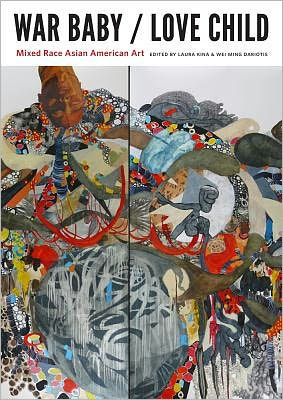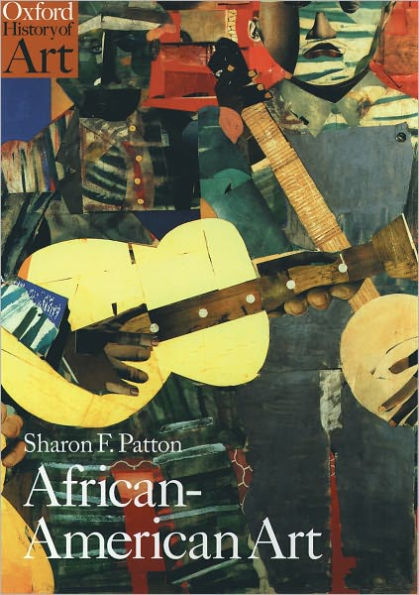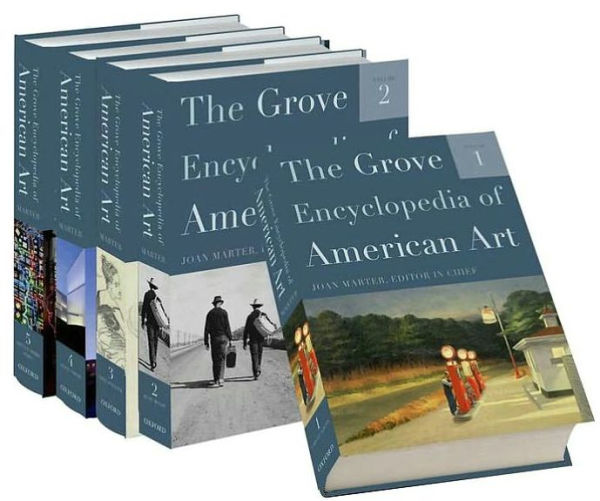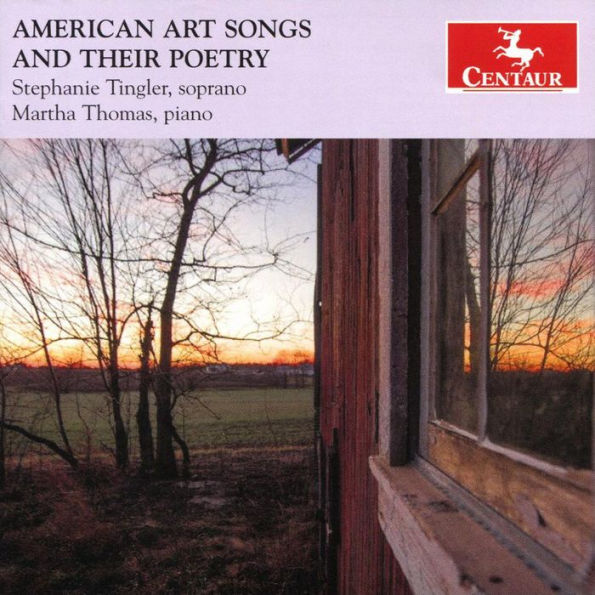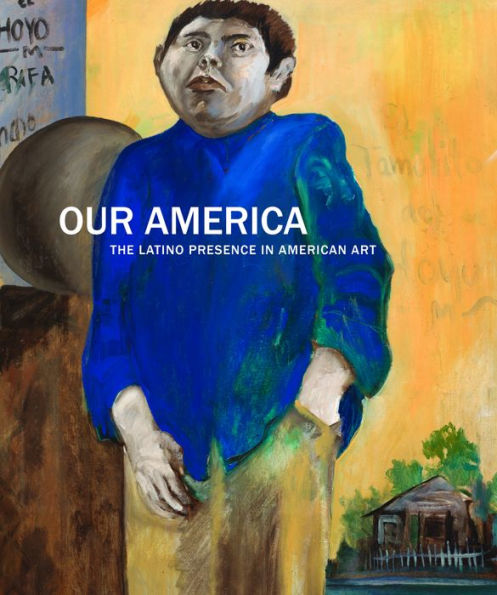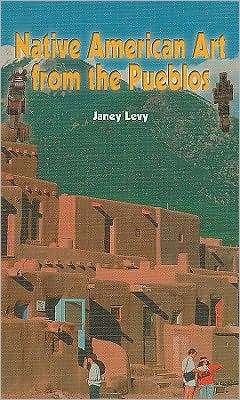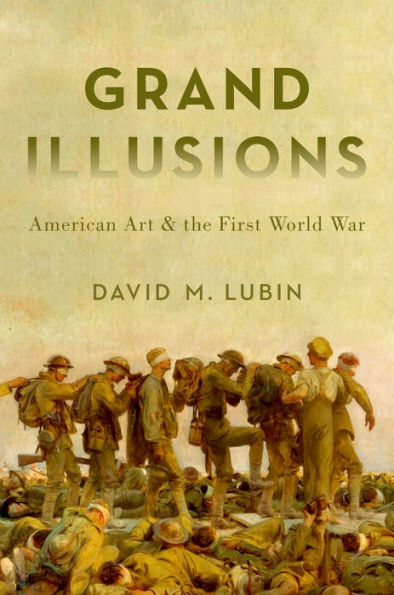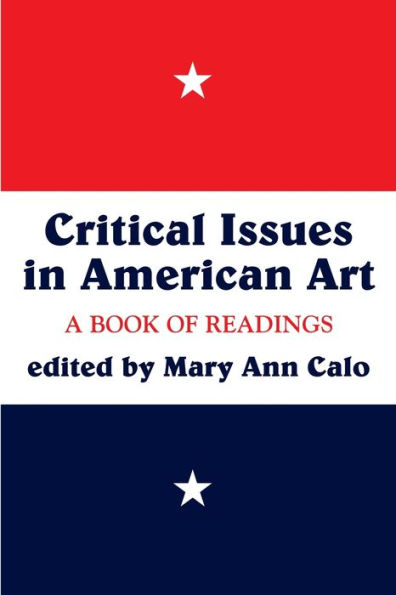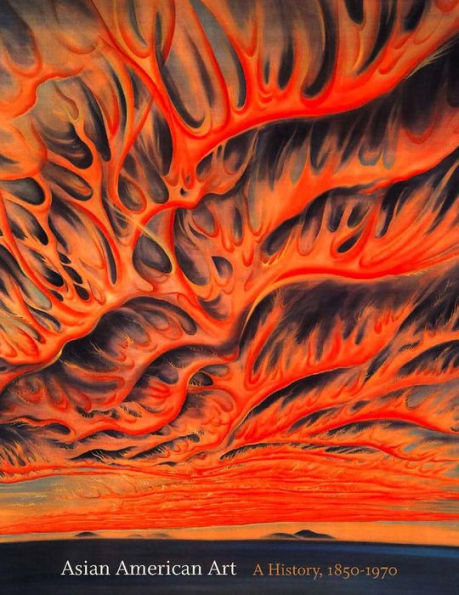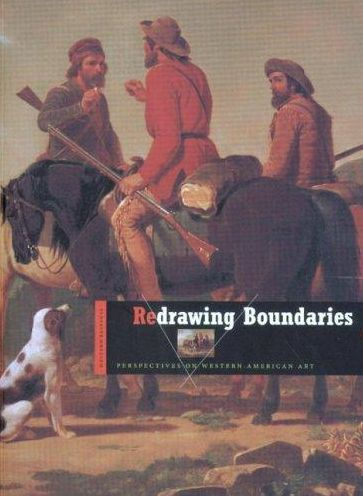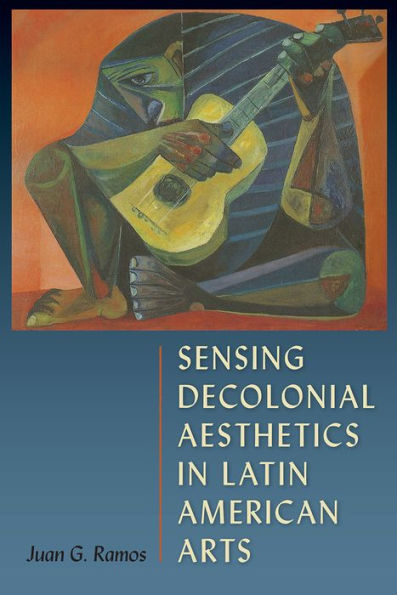Home
The Urban Scene: Race, Reginald Marsh, and American Art
Barnes and Noble
The Urban Scene: Race, Reginald Marsh, and American Art
Current price: $99.95
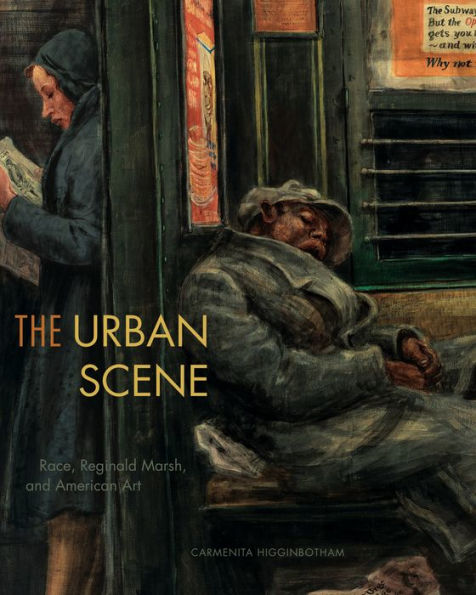

Barnes and Noble
The Urban Scene: Race, Reginald Marsh, and American Art
Current price: $99.95
Size: OS
Loading Inventory...
*Product information may vary - to confirm product availability, pricing, shipping and return information please contact Barnes and Noble
In
The Urban Scene
, Carmenita Higginbotham offers a significant and innovative reassessment of the ways in which race is deployed and read in interwar American art. By focusing on the works of urban realist Reginald Marsh and his contemporaries, Higginbotham explores how black figures acted as substantive cultural and visual markers in American art and embodied complex concerns about the presence of African Americans in urban centers. The book breaks from previous scholarship that insists interwar American art employed racial types primarily to emphasize the inferiority of blacks. Instead, it reframes the interchange between Marsh’s pictorial language and prevailing representations of race in American art and visual culture to explore negotiations over urban space and constructions of national identity in American Scene painting.
is significant for its consideration of the intricate ways in which dominant culture adopts and disseminates black representation and how aesthetic and representational strategies operate within broader social and political tactics to regulate urban blacks.
The Urban Scene
, Carmenita Higginbotham offers a significant and innovative reassessment of the ways in which race is deployed and read in interwar American art. By focusing on the works of urban realist Reginald Marsh and his contemporaries, Higginbotham explores how black figures acted as substantive cultural and visual markers in American art and embodied complex concerns about the presence of African Americans in urban centers. The book breaks from previous scholarship that insists interwar American art employed racial types primarily to emphasize the inferiority of blacks. Instead, it reframes the interchange between Marsh’s pictorial language and prevailing representations of race in American art and visual culture to explore negotiations over urban space and constructions of national identity in American Scene painting.
is significant for its consideration of the intricate ways in which dominant culture adopts and disseminates black representation and how aesthetic and representational strategies operate within broader social and political tactics to regulate urban blacks.
